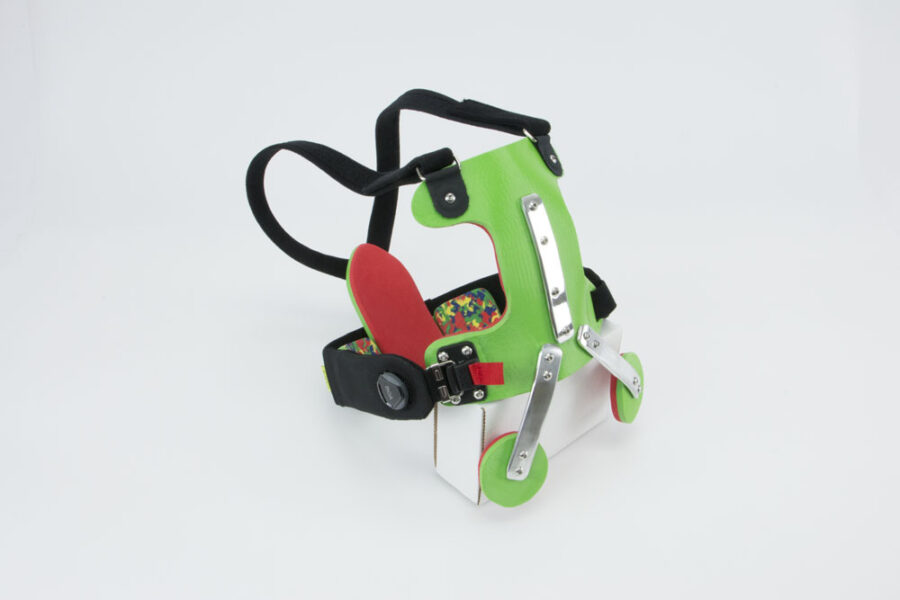According to studies, 1 in every 1,500 children have a chest abnormality called pectus carinatum. This condition can be hard for children, especially with self-image issues, but we are here to tell you that there are several ways to fix this condition.
What is Pectus Carinatum (aka pigeon chest)?
Pectus carinatum is a congenital abnormality of the chest characterized by a protrusion of the sternum and ribs. It can affect both boys and girls and range from mild to severe. The condition is usually more noticeable during puberty when the chest grows faster than the rest of the body.
Who Does Pectus Carinatum Generally Happen to?
Generally, pectus carinatum affects boys more than girls. It is also more common in people of European descent than in other populations.
There are two ways that pectus carinatum typically occurs:
- Pectus carinatum is present at birth (congenital pectus carinatum): This type is often inherited and may be associated with other chest abnormalities, such as problems with the heart or lungs.
- Pectus carinatum develops during childhood or adolescence (acquired pectus carinatum). This type is not usually hereditary and is often caused by an overgrowth of cartilage in the chest. It is more common in boys than girls.
What Are the Symptoms of Pectus Carinatum?
The main symptoms of pectus carinatum are a protrusion of the chest bone (sternum) and ribs. The condition may also cause chest pain, shortness of breath, and problems with the heart or lungs. When symptoms do occur, they may include:
- Fatigue
- Frequent respiratory infections
- Difficulty breathing during physical activity
How to Fix Pectus Carinatum: 2 Different Solutions
If your child has pectus carinatum, there are ways to fix it. Your doctor can help you figure out the best way for your child. Treatment may include:
Bracing:
If your child has pectus carinatum, your doctor may recommend that they wear a corrective device, such as a chest brace. This will help support the chest and prevent the condition from returning. In most cases, pectus carinatum may improve on its own without surgery. Pectus carinatum often improves during puberty, when the chest grows faster than the rest of the body.
Surgery:
Surgery is the last treatment for pectus carinatum. There are two types of surgery:
Open surgery:
This type of surgery is done through a large incision in the chest. It is used to correct severe cases of pectus carinatum.
Minimally invasive surgery:
This type of surgery is done through a few small incisions. It is used to correct mild to moderate cases of pectus carinatum.
Both types of surgery are effective in correcting pectus carinatum.
Your doctor will also likely recommend that your child wear a corrective device, such as a chest brace, for several months after surgery. This will help support the chest and prevent the condition from returning.
In some cases, pectus carinatum may improve on its own without treatment. This is more likely to happen in children who have mild cases of the condition. Pectus carinatum often improves during puberty, when the chest grows faster than the rest of the body.
Why is a brace the best solution for correcting Pectus Carinatum?
Bracing is the best solution for correcting Pectus Carinatum because it can help support the chest and prevent the condition from returning. Braces are also a good option if your child has mild pectus carinatum since it often improves during puberty when the chest grows faster than the rest of the body. When surgery isn’t a possible or recommended treatment for Pectus carinatum, there may be an alternative plan to correct the condition that your doctor will suggest based on your child’s health history, the severity of symptoms, and willingness to pursue treatments.
How do the braces work?
Braces work by supporting the chest and preventing the condition from returning. They are also a good option if your child has mild pectus carinatum since it often improves during puberty when the chest grows faster than the rest of his or her body.
Typical timeline
The typical timeline for treating pectus carinatum usually includes at least 6-months wearing the brace. Most people will need to wear the brace past 6-months to ensure the chest heals appropriately and does not re-protrude.
Why a custom brace is essential vs. “one size fits all”?
A custom brace is essential because it will be specifically tailored to your child’s measurements and ensure that the brace fits properly. A “one size fits all” brace may not fit well and could cause discomfort or worsen the condition.
Conclusion:
Dakota Brace was started when Johns Hopkins and Yale biomedical engineers collaborated to create a custom brace for children with pectus carinatum. Dakota Brace is the only company that offers a custom braces for this condition. Their brace has proven to support the chest and prevent the condition from returning. If your child has pectus carinatum, please visit their website here to learn how they can help.
